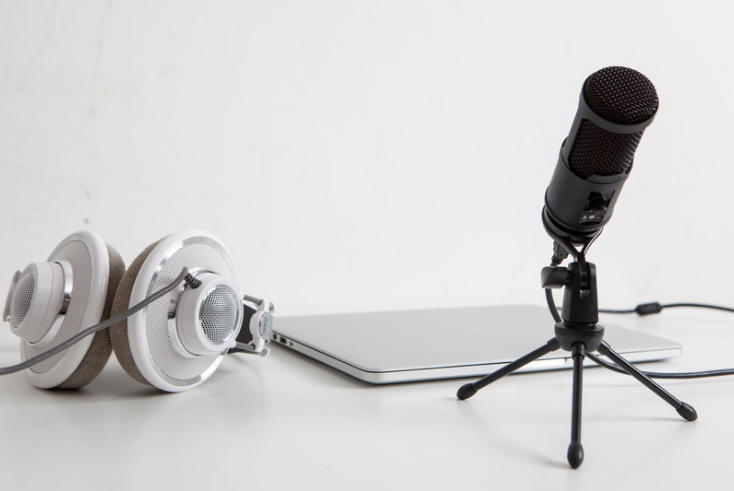Opinion
We need more agencies, clients, and creative houses investing within digital audio for the betterment of outcomes for brands and listeners.
The digital audio space has been growing rapidly over the past few years, with listeners tuning into streamed radio and podcasts in their droves. Connected channels – such as smart speakers, web, and mobile — now account for 26% of all UK radio listening hours. And this has made mobile and smart speakers the third and fourth most popular ways to listen to radio. In addition, the number of UK podcast listeners is set to reach 23.3 million next year. However, while this is going on, advertisers are being left behind.
A record £718.7m was spent on UK radio ads in 2021, but just £71.3m of that money went to online channels. Furthermore, despite growing 58% last year, digital audio advertising currently only makes up less than 1% of total UK digital adspend, placing the UK behind markets like Sweden.
Benefits of digital audio
Though the opportunity to engage with consumers through these digital audio channels is already evident, it’s clear that advertisers need a little more encouragement to embrace the potential that exists.
It’s up to media owners and publishers to do a better job of educating brands and agencies on what’s possible within the connected audio space, because data really widens the available opportunity within these channels.
Brands can segment and target audiences based on demographic, behavioural characteristics, and context. This ability to target audiences also opens the door for enhanced listening experiences through technological advancements such as dynamic creative or 3D audio. There are opportunities to buy impressions directly or via programmatic, shifting audio closer to the control enjoyed within the digital display market.
On the outcomes front, the digital audio space presents opportunities to the success of campaigns through actionable audio. And as the world of digital advertising shifts toward using attention as a metric, digital audio gives brands the chance to gain the full attention of the consumers they’re advertising to. Simultaneously, with a heightened focus on identity, digital audio will also develop in this regard.
With the additional capabilities offered by digital audio over traditional, there are, understandably, questions over price. Yes, a streaming audio CPM is higher than traditional radio. However, the net benefits outweigh the cost, and the rewards will be reaped in the long run.
The buying conundrum
Even with the knowledge of these benefits, the lag in the adoption of digital audio advertising can be attributed to the confusion that the medium causes among media agencies and advertisers over where it sits in the media mix. Is connected audio a broadcast medium, or is it a digital one? Should the audio-visual (AV) team be in control of spending, or should it be the digital team?
At the moment, digital audio is in the same place that video was about a decade ago. Video was being bought by the AV team; it was being bought by the digital team; there wasn’t any central point of control within agencies. This eventually sorted itself out, but the initial confusion proved to be a barrier to adoption. And this is the state of confusion we have within digital audio currently. Moreover, the team which has control also currently differs by agency.
Within digital audio, there’s a strong argument that it should sit within the AV team, because the medium is more closely aligned with radio buying than digital buying. However, it’s important that digital teams have the ability to buy as well, because digital audio encompasses more than just radio streaming.
Nonetheless, whichever team takes charge of digital audio spend, it should always be about what’s best for the client. And that’s why it’s important for media owners and publishers to educate their partners on the opportunities that digital audio presents.
Sound embrace
As the connected audio audience continues to grow considerably, the brand count needs to start catching up. Advertisers that are not getting heard within these channels are missing out on connecting with a predominantly young, premium, engaged audience.
Those who make the move earliest will position themselves as leaders within the digital audio market, and benefit from reaching consumers in an uncrowded space.
Digital audio ads should also be seen as an extension of traditional radio ads, rather than a replacement. Traditional radio, as one of the most efficient ROI channels, is still an important part of a brand’s strategy. Equally, digital audio should have a role within a brand’s wider digital mix, particularly with the close alignment between digital audio and digital video.
Before we get to that stage, however, we need more agencies, clients, and creative houses investing within digital audio for the betterment of outcomes for brands, and the listener experience.
But the only way we will achieve that is if publishers provide an education on the potential digital audio possesses, while agency teams work together to embrace what is learnt.
The industry working together to unlock the potential of digital audio? That sounds good to me.
Russell Pedrick is director of digital at News UK Broadcasting.
Adwanted UK are the audio experts operating at the centre of audio trading, distribution and analytic processing. Contact us for
more information on J-ET, Audiotrack or our RAJAR data engine. To access our audio industry directory, visit
audioscape.info and to find your new job in audio visit
The Media Leader Jobs, a dedicated marketplace for media, advertising and adtech roles.




